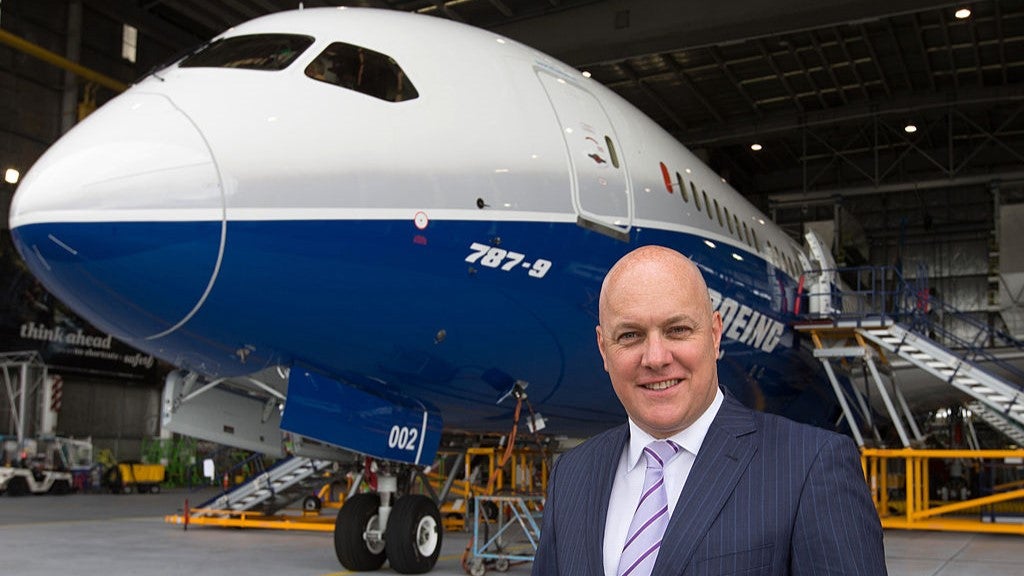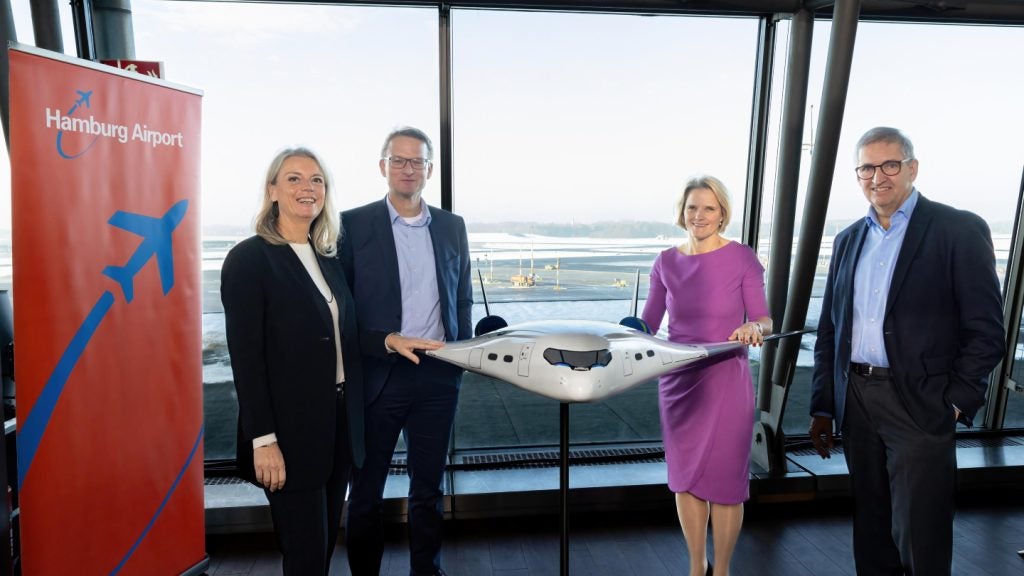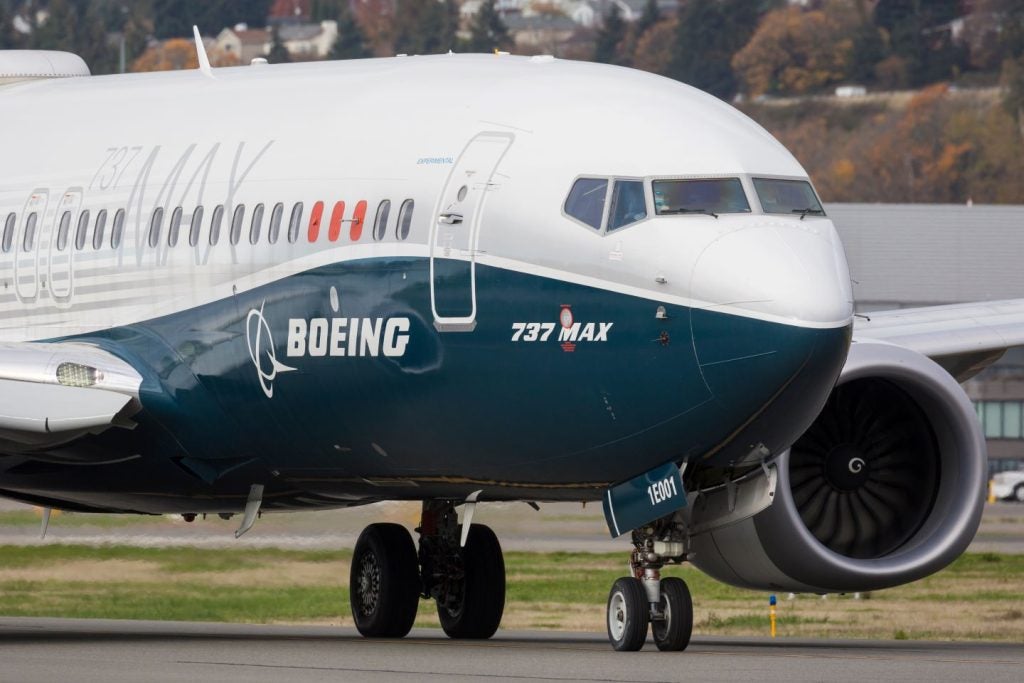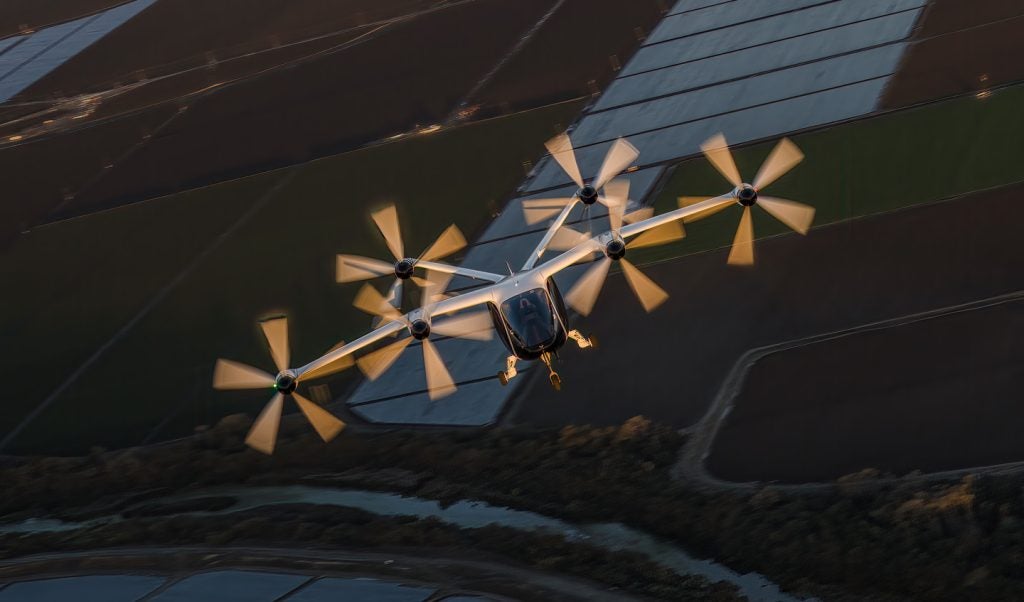
There have been many attempts to address air traffic management problems in Europe but airspace has remained fragmented and its use inefficient. Given the rising volume of air traffic in Europe’s skies, the need for a coordinated approach has become grave indeed.
For this reason the Single European Sky ATM Research Programme (SESAR) – the technological component of the broader Single European Sky project – has brought together interested parties to collectively define and implement a pan-European programme to improve ATM.
“SESAR is a major achievement because, for the first time in European aviation history, all stakeholders in air transport have committed themselves to develop a European air traffic management system in a coherent manner, to achieve common objectives,” says Daniel Calleja, director of aviation at the European Commission.
So far, the results have been very positive, with good levels of cooperation between all parties in the definition stage, which concluded in May this year with the European Commission presenting the European Air Traffic Management Master Plan to the Council of Transport Ministers. Formal endorsement will cement the commitment of EU Member States and the Master Plan will become part of the Single Sky 2 package, which outlines proposals to update the legislative basis for the Single European Sky programme.
A special organisation – The SESAR Joint Undertaking – will implement the technological programme together with industry, acting as the single European entity to manage the development and coordinated deployment of ATM-related technologies and systems. It will benefit from financial and research resources of Eurocontrol and the European Commission, with the final third of its €2.1bn budget until 2013 coming from the private sector.
See Also:
“All parties have collaborated very well. We see a lot of motivation on all sides, and the definition phase was a great experience for all involved,” comments Calleja.
How well do you really know your competitors?
Access the most comprehensive Company Profiles on the market, powered by GlobalData. Save hours of research. Gain competitive edge.

Thank you!
Your download email will arrive shortly
Not ready to buy yet? Download a free sample
We are confident about the unique quality of our Company Profiles. However, we want you to make the most beneficial decision for your business, so we offer a free sample that you can download by submitting the below form
By GlobalDataBig steps on a long journey
The SESAR joint undertaking will manage the development phase, and by the end of this year aims to have consolidated its administrative and technical structure, and finalised its initial membership process. One of its milestones will be the adoption by its administrative board of the master plan endorsed by the Council of the EU.
Once the master plan is in place it will define the operation activities of the organisation’s work programme, which will begin in 2009. A key achievement of the master plan, according to Calleja, has been its success in focusing the industry’s efforts on common development goals.
“The rationalisation of ATM research in Europe allows us to concentrate our efforts and resources into one consistent programme involving all the stakeholders of the sector. This will lead to the development of a fully harmonised, next-generation ATM system that will put an end to fragmentation within the European ATM network,” he remarks.
In the next five years the development phase will work to produce technology, standards and procedures to achieve SESAR’s three key objectives: cutting ATM cost in half, improving safety by a factor of ten, and reducing the environmental impact of each flight by 10%.
“We will not have to wait until 2013 to see the results of the development phase,” enthuses Calleja. “The joint undertaking will focus on delivering early benefits to achieve quick wins and tangible results on a regular basis.”
Green skies over Europe
The involvement of so many industry stakeholders gives an opportunity for Europe’s air travel industry to focus on the green agenda. To achieve this, the Clean Sky Joint Technology Initiative will focus on developing the next generation of clean aircraft.
“There is a risk that the industry’s share of 2%-3% of greenhouse gas emissions will grow. We must prevent the aviation industry from becoming a major contributor to global warming and climate change,” believes Calleja.
Facing the future
SESAR faces many challenges ahead, but there is a strong appetite for change in the air travel industry.
The growing momentum behind SESAR is evidence that the global industry is eager to improve efficiency, reduce emissions, eliminate complexity and perform better for its customers. The next five years will be crucial in determining specifically how those goals will be achieved.







